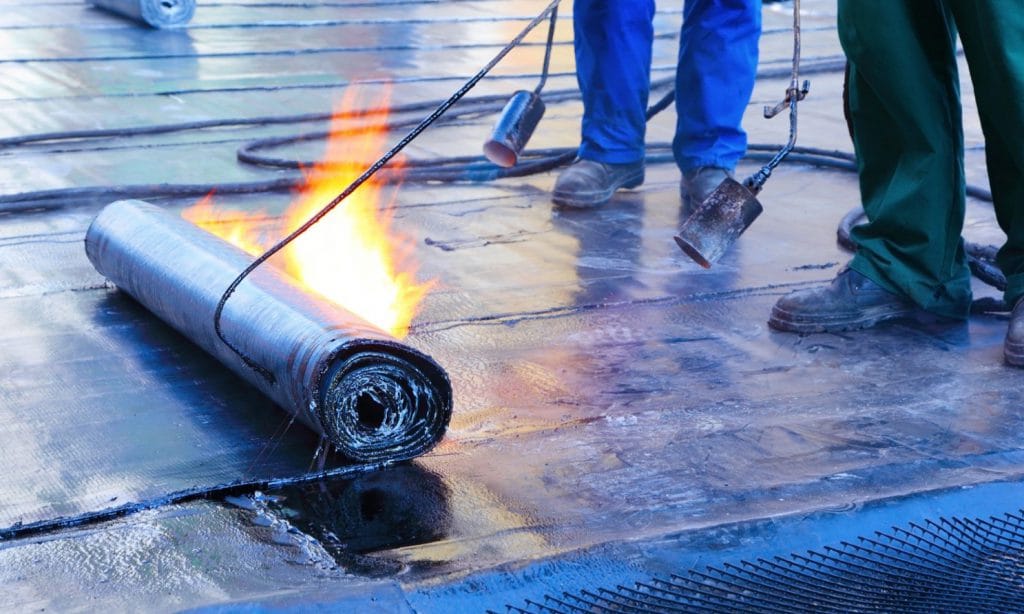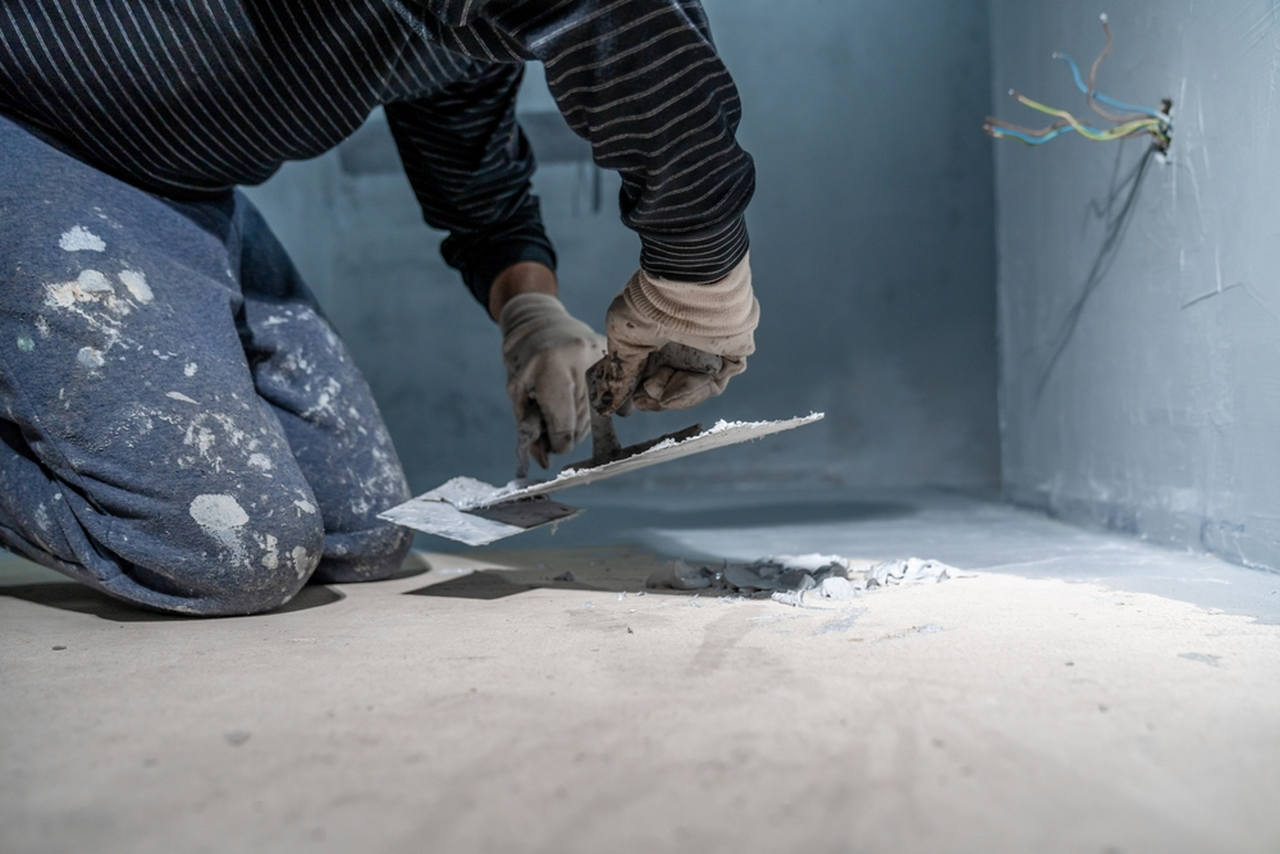How Yard drainage Omaha Boosts Property Value Instantly
Kinds of Waterproofing: Discovering the Different Techniques and Their Applications
Waterproofing is a crucial aspect of construction and maintenance. It safeguards structures from the detrimental effects of water damages. There are a number of methods readily available, each with its one-of-a-kind applications and advantages. From membrane layer systems to cementitious solutions, understanding these alternatives is essential for reliable application. The option of waterproofing method can significantly affect toughness and long life. Exploring these numerous methods reveals their distinctive advantages and possible difficulties, prompting more consideration of ideal options.
Membrane Waterproofing Systems
Membrane waterproofing systems work as an essential obstacle versus water intrusion in different structures. These systems commonly include thin sheets made from products like rubber, thermoplastic, or asphalt, which are applied to surfaces to avoid wetness infiltration. They can be installed above or listed below grade and are especially efficient in locations susceptible to high water direct exposure, such as basements, roofings, and foundations.The installment procedure includes cleaning up the substratum, applying adhesives or primers, and specifically fitting the membrane to guarantee total coverage. Membrane systems can be either totally adhered, mechanically connected, or laid loose, relying on the specific requirements of the job. They offer durability and versatility, fitting architectural movements without endangering their waterproofing abilities. Moreover, these systems can be strengthened with added layers for boosted defense. Ultimately, membrane waterproofing systems are necessary for securing frameworks versus water damages and preserving long-lasting honesty.
Liquid-Applied Waterproofing Coatings
Liquid-applied waterproofing layers provide a versatile service for safeguarding surfaces from water seepage - Basement waterproofing Omaha. These finishings are composed of liquid materials that, when applied, create a seamless, flexible membrane. Their flexibility permits application on various substratums, consisting of concrete, metal, and timber. The coatings can be utilized in diverse environments, from residential to commercial settings, making them suitable for roofs, structures, and below-grade structures.One considerable advantage of liquid-applied coatings is their capacity to adapt uneven forms and penetrate splits, producing a robust obstacle against wetness. They commonly show exceptional adhesion properties and resistance to UV radiation, guaranteeing longevity and durability. Furthermore, the application process is normally straightforward, enabling fast installation and lowered labor expenses. This technique likewise minimizes the danger of water merging, as the constant layer properly routes water away from at risk areas. Generally, liquid-applied waterproofing coverings are an efficient option for extensive water defense
Cementitious Waterproofing Solutions

Cementitious waterproofing solutions provide a durable option for frameworks requiring trusted moisture defense. These systems mainly make use of a blend of concrete, sand, and chemical additives to produce a waterproof obstacle. They are usually used to surface areas such as concrete wall surfaces, foundations, and floorings, providing a long lasting, long-lasting defense versus water intrusion.One of the key advantages of cementitious waterproofing is its convenience of application; it can be applied utilizing a brush, roller, or spray, making it ideal for various job dimensions. Additionally, this technique works with many surfaces and can usually be used combined with various other waterproofing techniques.Cementitious solutions are especially reliable in settings where water direct exposure is an issue, such as cellars or Water Solutions Omaha below-grade frameworks. Their excellent attachment buildings ensure that they bond well with substratums, providing a solid and nonporous layer versus moisture infiltration.
Bentonite Waterproofing
Bentonite waterproofing is a very reliable approach that makes use of salt bentonite clay to develop an all-natural obstacle versus water. This strategy manipulates the one-of-a-kind buildings of bentonite, which increases upon call with water, securing any type of prospective leaks and stopping moisture infiltration. It is frequently utilized in different applications, including structure wall surfaces, tunnels, and keeping walls, where water resistance is essential.Bentonite can be used in numerous types, such as panels or coverings, offering flexibility in installation. Its capacity to self-seal makes it an eye-catching choice for areas subject to changing soil or changing water levels. In addition, bentonite waterproofing is eco-friendly, as it is an all-natural product that does not introduce hazardous chemicals right into the surroundings.
Water Drainage and External Waterproofing Equipments
Efficient waterproofing frequently entails a combination of strategies, consisting of drain and exterior systems. Drain systems, such as French drains and sump pumps, are created to reroute water away from frameworks, minimizing hydrostatic pressure against structures. These systems are vital in avoiding water buildup that can bring about architectural damage and mold and mildew growth.External waterproofing, on the other hand, entails applying protective obstacles to the building's outside. Techniques such as the installment of water resistant membrane layers, finishes, or sealants can aid prevent water infiltration. This approach not only secures the foundation yet likewise boosts the general sturdiness of the structure.Together, water drainage and outside waterproofing systems form an extensive service to take care of water effectively. By carrying out these strategies, property proprietors can safeguard their investments against the harmful results of moisture, making sure lasting stability and security for their structures.
Regularly Asked Inquiries
Just how Do I Select the Right Waterproofing Technique for My Project?
Selecting the ideal waterproofing technique depends on variables such as job type, ecological problems, spending plan, and desired long life. Assessing these aspects permits notified decisions tailored to details requirements and needs.

Can Waterproofing Be Applied in Cold Weather Issues?
Waterproofing can be used in cool weather problems, however it requires details materials and techniques. Cold temperature levels might affect healing times and bond, necessitating mindful choice of products designed for low-temperature application.
What Are the Typical Signs of Waterproofing Failing?
Typical signs of waterproofing failing include noticeable water spots, peeling paint, wet odors, mold and mildew development, and splits in walls or foundations. Water Solutions. These indications suggest that dampness is permeating the barrier, endangering its effectiveness
How Much Time Does Waterproofing Last Before Requiring Upkeep?
The durability of waterproofing differs, usually lasting in between 5 to ten years. Variables such as material high quality, environmental problems, and upkeep practices influence its durability, requiring periodic inspections to ensure efficient defense against water intrusion.
Exist Eco-Friendly Waterproofing Options Available?
The concern of eco-friendly waterproofing choices exposes an expanding passion in lasting products (Drainage & waterproofing company Omaha). Numerous natural materials, such as plant-based sealers and recycled items, provide effective services while lessening ecological effect, attracting ecologically mindful consumers